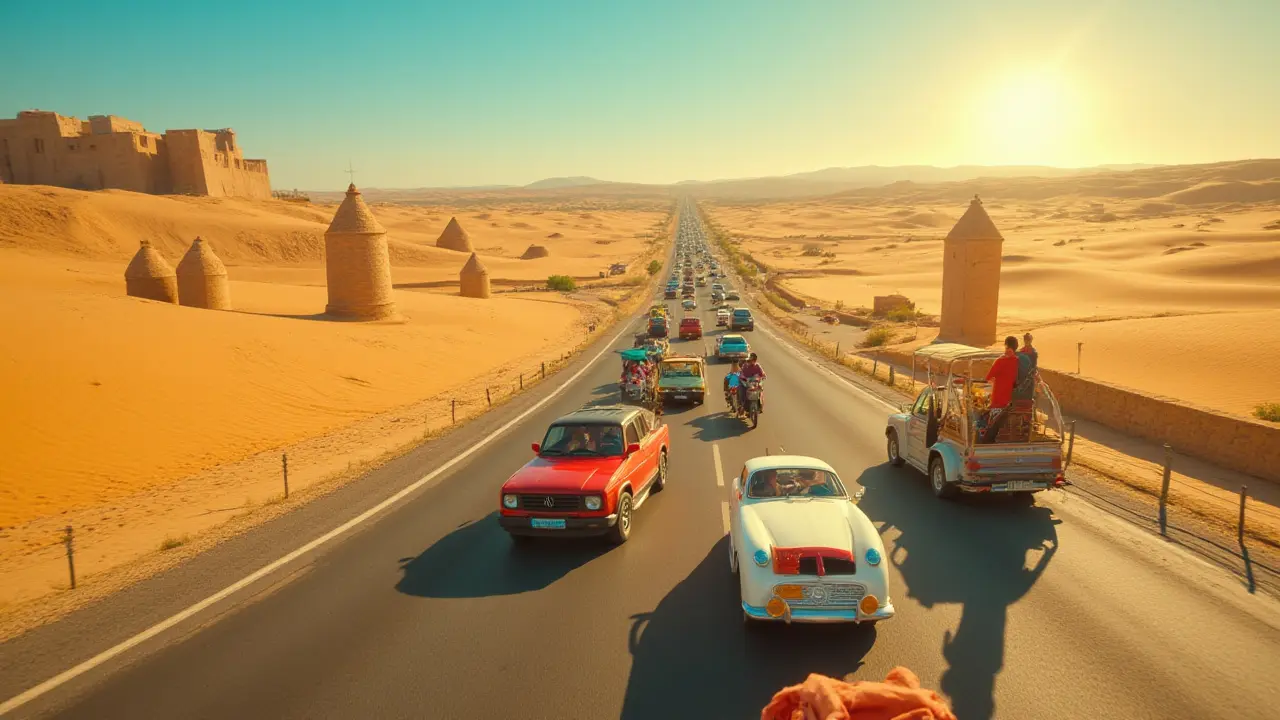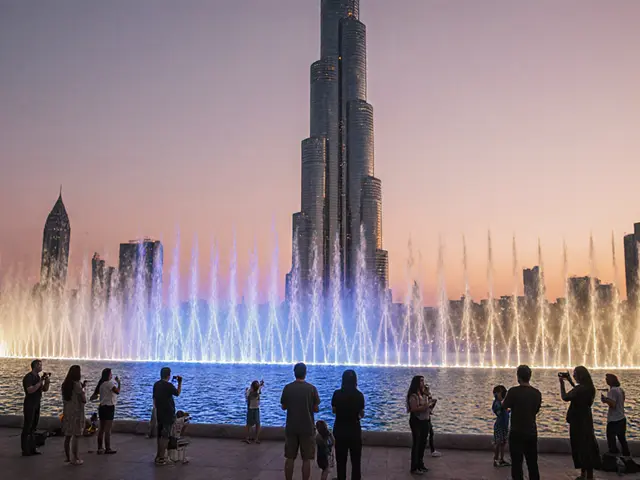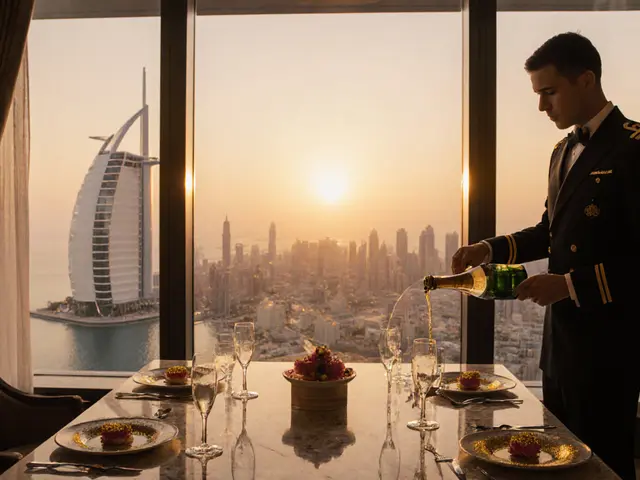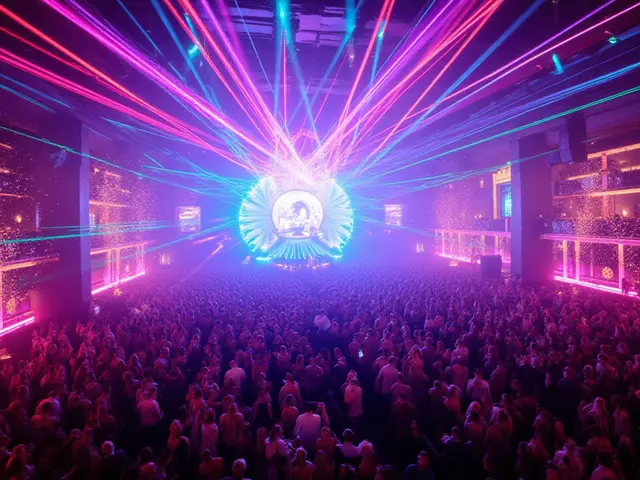Long before Dubai was splashed across Instagram with infinity pools and the world’s tallest buildings, stories of traders, pearl divers and desert explorers echoed through its historical sites. Pick up any Dubai map and there’s more to spot than shiny malls—think centuries-old forts, ancient souks, and Baharaini-style watchtowers. Dubai doesn’t just build for the future, it protects its roots. Planning a road trip across the Emirate’s most storied corners isn’t just about ticking landmarks off a checklist—it’s an invitation to experience how modern glitz grows out of rich tradition.
Choosing a Route Through Dubai’s Time Capsules
Start your journey at the Al Fahidi Historical Neighbourhood. It’s a place even lifelong Dubai residents rediscover again and again. Walking down these narrow, sand-colored lanes, you feel the hush of old merchant homes—some more than 100 years old. The Dubai Museum, housed in the sturdy Al Fahidi Fort, is the kind of spot where school groups and tourists both stand wide-eyed. Don’t just snap a photo of the cannons by the gate—step inside for a real timeline: pearl-fishing history, exhibits about Bedouin crafts, and the original wind towers designed to pull a breeze into sweltering rooms.
From there, wander to the shimmering Dubai Creek. Felucca-style abras still ferry passengers, echoing the days before skyscrapers, and the scent of oud and spices rolls in from the nearby souks. Gold Souk and Spice Souk aren’t just for bargain-hunting. Emiratis have traded here for almost a century—look for old-fashioned scales and tiny stamps of merchant symbols on shopfronts. Traders speak in Hindi, Arabic, Farsi, and more—reminders of Dubai’s diversity through the ages.
Take the Dubai Heritage Road next, past Shindagha. Inside the restored homes, you’ll find the Sheikh Saeed Al Maktoum House. Here, family photos from the 1920s show the transformation from fishing village to metropolis. The Etihad Museum nearby is a must for anyone curious about the UAE’s birth—go for the interactive displays and stay for the actual Union House, where the Emirates agreement was signed in 1971. Statistically, more than half the city’s Emirati schoolchildren will visit this museum before turning 18.
Looking for something extra? Drive down Jumeirah Road to the Jumeirah Mosque. It’s the only mosque in Dubai open to non-Muslims and offers guided tours. It’s all about cultural understanding—ask questions about Ramadan traditions or nosy stuff about dates and camel milk—they love sharing.
Want to go further? Al Marmoom Heritage Village and Camel Race Track offer a peek into Emirati pastimes. In August and September, Dubai’s camel racing season is a riot of colours, cheers, and 60-kilo camels dashing with robot jockeys. At the same time, Al Marmoom’s Raq Al Marmoom dunes have seen archaeological digs unearth items from the ancient Ubaid period, linking Dubai to Mesopotamia.
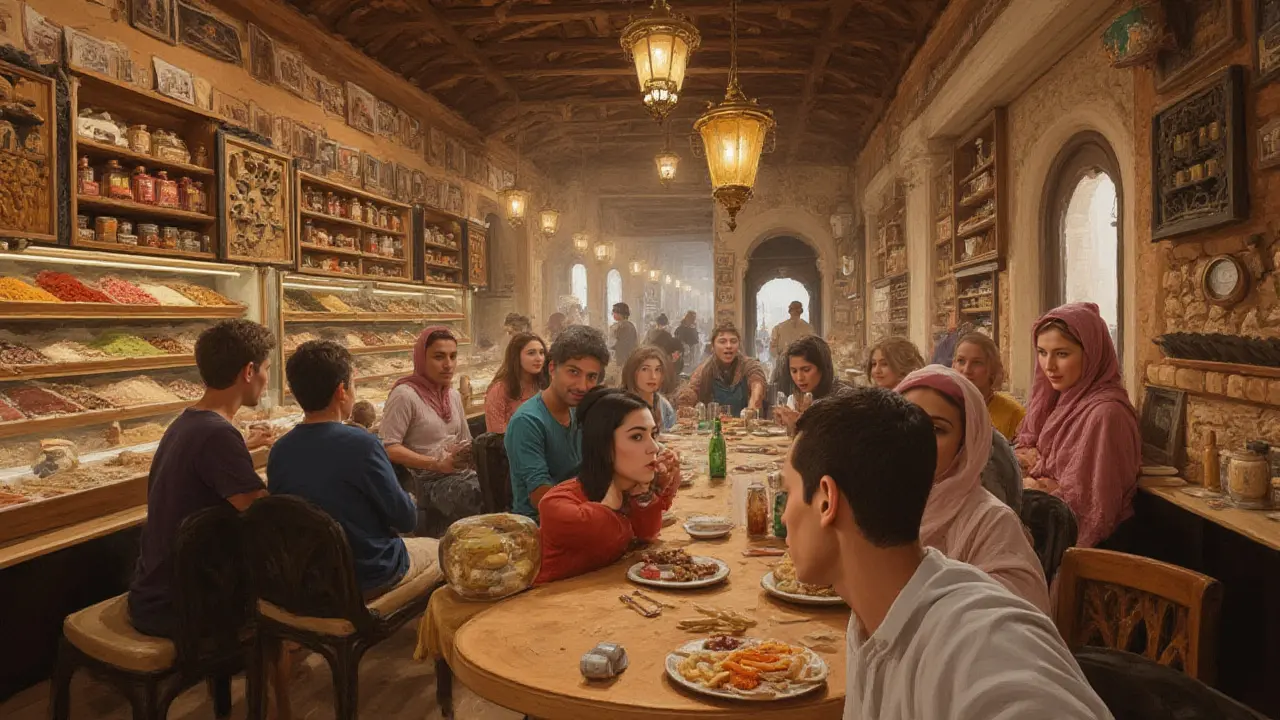
Secret Corners, Local Eats, and Road Trip Logistics
No great road trip is built on postcards alone. Step into Saruq Al Hadid Archaeology Museum for glimpses into Dubai’s iron age secrets—it’s tucked in a quiet Shindagha alley, and houses treasures that date back thousands of years. Don’t skip Al Ahmadiya School, Dubai’s first school, which taught kids Arabic, math, and the Qu’ran back in 1912—these days, its classrooms double as tiny exhibition zones.
If you’re setting off from Downtown Dubai, plan your times. Most heritage sites open by 10am, many close by 5pm, and Fridays often mean late starts due to jummah prayers. Weekdays keep crowds thin. For transport, most sites offer car parking, but you’ll dodge traffic by using the Dubai Metro, especially if hopping between Al Fahidi and the Creek (Al Fahidi and Al Ras stations are bang next to most historical landmarks).
Don’t leave refuelling to chance—traditional Emirati cafes are everywhere, and some are true gems. Bait Al Wakeel by the Creek serves up grilled hammour and saffron rice on a breezy terrace overlooking the water. Cafe Arabian Tea House in Al Fahidi is basically an Instagram hotspot, but their luqaimat (crispy dough balls drizzled with date syrup) are magic after hours on foot. Looking for quick snacks between sites? Palm-sized samosas at Al Ustad Special Kabab are legendary with expats and locals alike, and won’t leave you hungry during longer drives.
Here’s a quick data table to help with timing and typical entry costs (Dubai historical sites make for a wallet-friendly trip):
| Site | Opening Hours | Average Entry Fee (AED) | Metro Stop |
|---|---|---|---|
| Al Fahidi Fort & Dubai Museum | 09:00–17:00 (Fri 14:30–17:30) | 3 | Al Fahidi |
| Jumeirah Mosque | 10:00 (Guided Tours, Sat–Thu) | 35 (includes light snacks) | Jumeirah (bus required) |
| Sheikh Saeed Al Maktoum House | 08:00–20:30 (Fri 15:00–21:30) | 5 | Al Ghubaiba |
| Al Ahmadiya School | 08:00–19:30 (Fri 15:00–21:30) | Free | Al Ras |
For families, the Dubai Heritage Village (in Al Shindagha) offers pottery demos, falcon displays, and even live music on UAE National Day. Business visitors or expats keen on genuine souvenirs should check Alserkal Avenue—not a ‘heritage’ site but housed in old factories, it’s where modern Emirati artists nod to the past with film nights and art installations.
One surprise visitors always mention: historical Dubai is rarely just about museums. Festivals like the Sikka Art Fair and the Dubai International Heritage Sports Festival turn the quieter quarters into party zones—think Emirati poetry nights, crafts workshops, and traditional drumming well past midnight. Be sure to check the Visit Dubai website for festival dates.
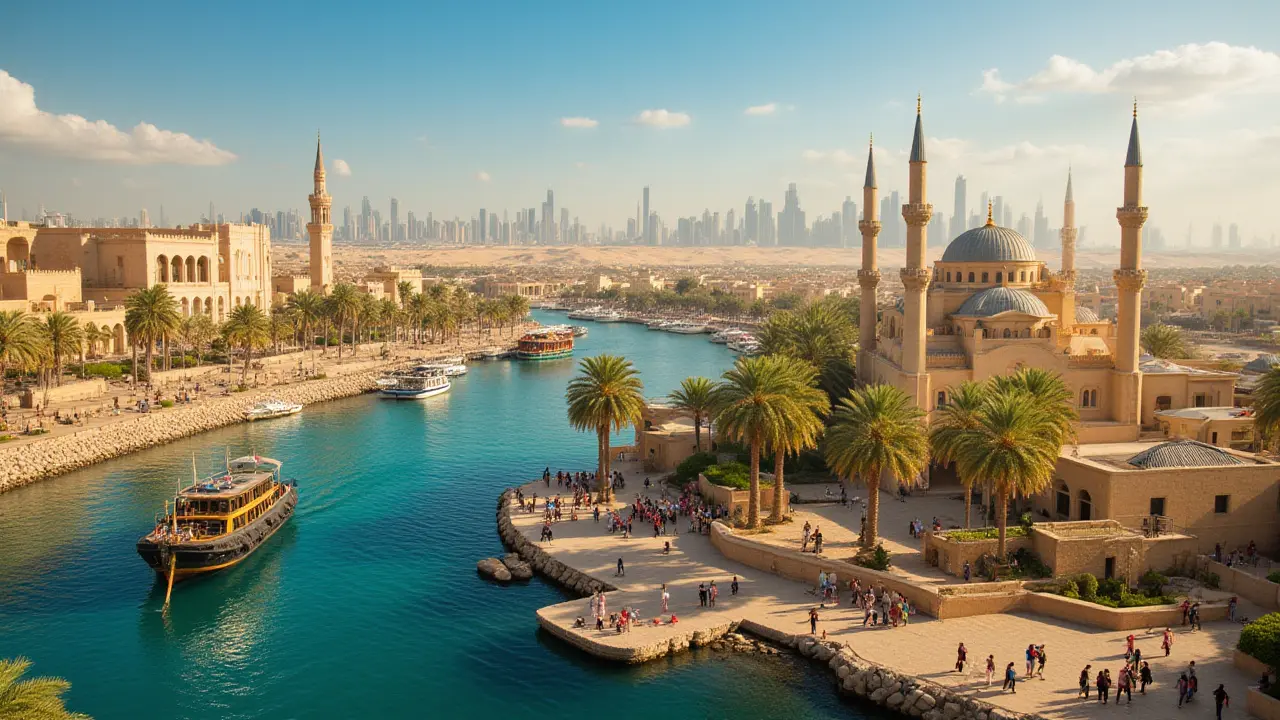
Respecting Heritage and Embracing the Unexpected
Dubai is fast but also fiercely proud of its heritage. You’ll see plaques in front of Barjeel towers and wind-tower houses that have UNESCO’s approval. Locals are keen to show the world Dubai’s soul isn’t buried by the Burj Khalifa’s shadow—it’s alive in family-run perfumeries, in whispers of old trading tales, in the hush before Iftar call to prayer at Al Bastakiya.
Dress for the part, especially when visiting religious or traditional venues: loose clothing, covered shoulders, and knees for both men and women. Photography is usually welcome but ask first, especially in smaller neighbourhood museums or private homes decorated with historic artefacts. Fridays and during Ramadan, some areas are quieter while residents prepare or break fast, so a bit of patience rewards with fascinating scenes—a sunset Ramadan iftar at Jumeirah Mosque can be unforgettable.
Park your car and try riding one of the old abras across Dubai Creek—it’s a tiny AED 1 journey, standing elbow-to-elbow with workers and residents who depend on these boats every day. Or better yet, hop on a guided Heritage Express tour, where Emirati hosts tell stories about their childhoods spent in these very alleys, and share Arabic coffee and dates as you glide past Dhows that have sailed from Oman or India.
One thing that makes Dubai’s historical road trip different? It’s all about blending old and new. Lose yourself in a restored coral-stone house for an hour, then sip karak chai next to a Tesla parked outside a gold souk. History here isn’t dead—it walks the lanes, chats with you in three languages, and tempts you with sweet baklava along the way.
Whether you’ve lived in the city for decades or just arrived for a fresh start, a historical sites road trip gives Dubai’s story real meaning. You’ll end up grinning over unexpected finds—a faded pearl diver’s notebook, a family tree painted on alley walls, or maybe a sunset over a mudbrick fort reminding you that ambition and heritage can actually go hand in hand.
